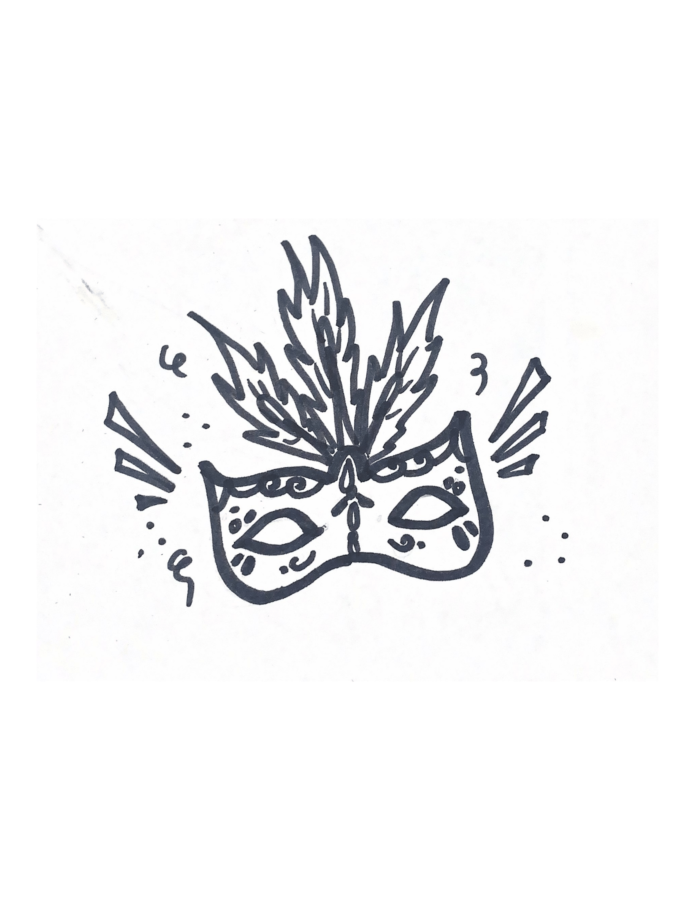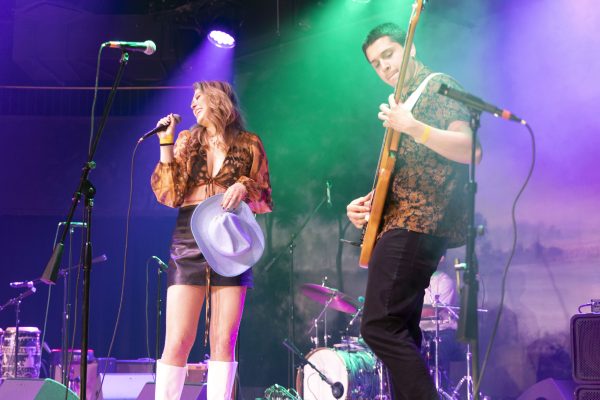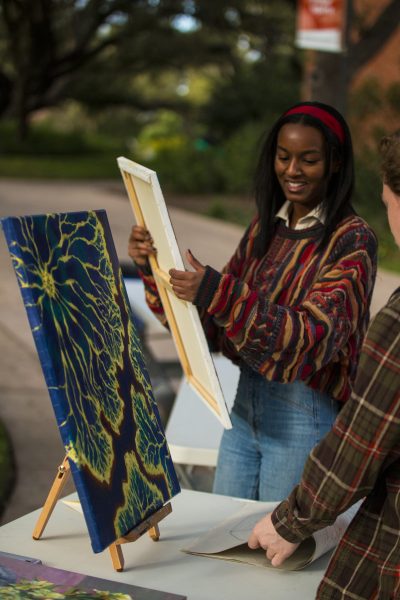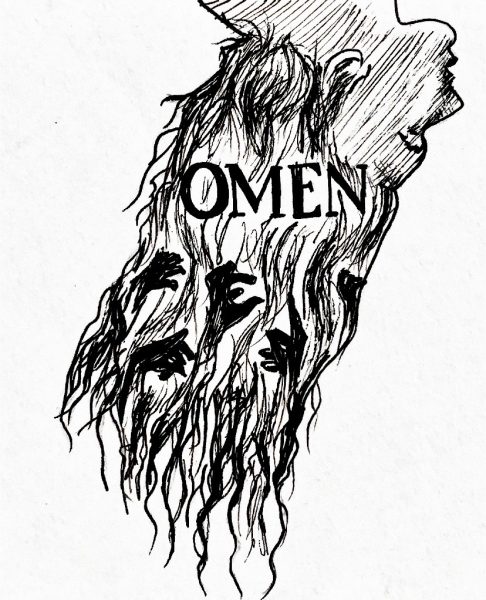A San Antonio guide to Mardi Gras
Diving deeper into why and how to celebrate the holiday here in San Antonio
The first time I ever heard of Mardi Gras was in 2015, while I was visiting my family in New Orleans, Louisiana for a wedding and my parents took me to a store on Bourbon Street that was famous for their Mardi Gras masks. I was so enraptured by the revelry of it all. Growing up, all I knew about Mardi Gras was that it was a crazy city-wide party and parade in New Orleans lasting multiple days, all day and all night. Being a foodie, I was also familiar with the famous king cake, decorated in purple, gold and green colors and hiding a small plastic baby inside. But that is about all I knew. It was not until someone asked me recently what Mardi Gras was that I realized I had absolutely no idea.
Remember the day Mabee had delicious cajun food, really good cake (king cake!) and a line across the building for bananas foster? That was Fat Tuesday — also known as Mardi Gras. Mardi Gras is a Christian holiday and popular cultural phenomenon that dates back thousands of years to pagan spring and fertility rites. Mardi Gras, also known as Carnival or Carnaval, is celebrated in many countries around the world with large Roman Catholic populations. Traditionally, Mardi Gras is celebrated on “Fat Tuesday,” and is a day of revelry that includes parades, parties and indulgence in food before the Christian fasting season of Lent begins the day after, Ash Wednesday.
The first American Mardi Gras took place on March 3, 1699, when French explorers Pierre Le Moyne d’Iberville and Sieur de Bienville landed near present-day New Orleans. They held a small celebration, naming their landing spot Point du Mardi Gras. In the decades that followed, New Orleans and other French settlements across America began marking the holiday with street parties, masked balls and lavish dinners. When the Spanish took control of New Orleans, these rowdy rituals were abolished and banned until Louisiana became a U.S. state in 1812.
On Mardi Gras in 1827, a group of students wore colorful costumes and danced through the streets of New Orleans, emulating the revelry they had observed while visiting Paris. Ten years later, the first recorded New Orleans Mardi Gras parade took place, a tradition that continues to this day. Lasting customs include throwing beads and other trinkets, wearing masks, decorating floats and eating king cake. Purple, green and gold are the colors of Mardi Gras which were chosen by the Krewe of Rex (a group of unnamed mystics) in 1872. Purple represents justice, green represents faith and gold represents power. Nowadays, what began as a holiday rooted in religious tradition has become a cultural phenomenon, leading to parties for the sake of partying, and not necessarily in anticipation of the 40 days of penance between Ash Wednesday and Easter Sunday.
Here in San Antonio, the city celebrates in its own ways. The largest Mardi Gras celebration in San Antonio is likely the two-day Mardi Gras Festival at the River Walk. This year, the festival featured free jazz performances at the Arneson River Theatre on Friday, Feb. 17 and Saturday, Feb. 18. Food trucks and vendors were set up in and around La Villita during the festival and there was a 12-float River Parade. Across town, numerous restaurants showcased New Orleans-inspired dishes like po’boy sandwiches and jambalaya. Just down the street from Trinity, NOLA Brunch & Beignets near the St. Mary’s Strip is offering a seasonal beignet for the month of February that is a take on the traditional king cake, blending coffee cake and a cinnamon roll. NOLA’s beignet is flavored with cream cheese filling, cinnamon syrup and Mardi Gras-colored sprinkles. In Southtown, meanwhile, The Good Kind restaurant kicked off Fat Tuesday with a gumbo cook-off featuring a lineup of local chefs on Tuesday, Feb. 21. Admission to the cook-off included samples of 18 different gumbos, one for each competing chef. If you enjoyed Mabee’s festivities this year and want to try something new next year, keep an eye out for local restaurants offering seasonal Mardi Gras dishes and events like gumbo cook-offs and jazz music.

I am a sophomore Communications and French double major from Houston, TX. I began working at the Trinitonian last year, as a copy editor, and am now...











